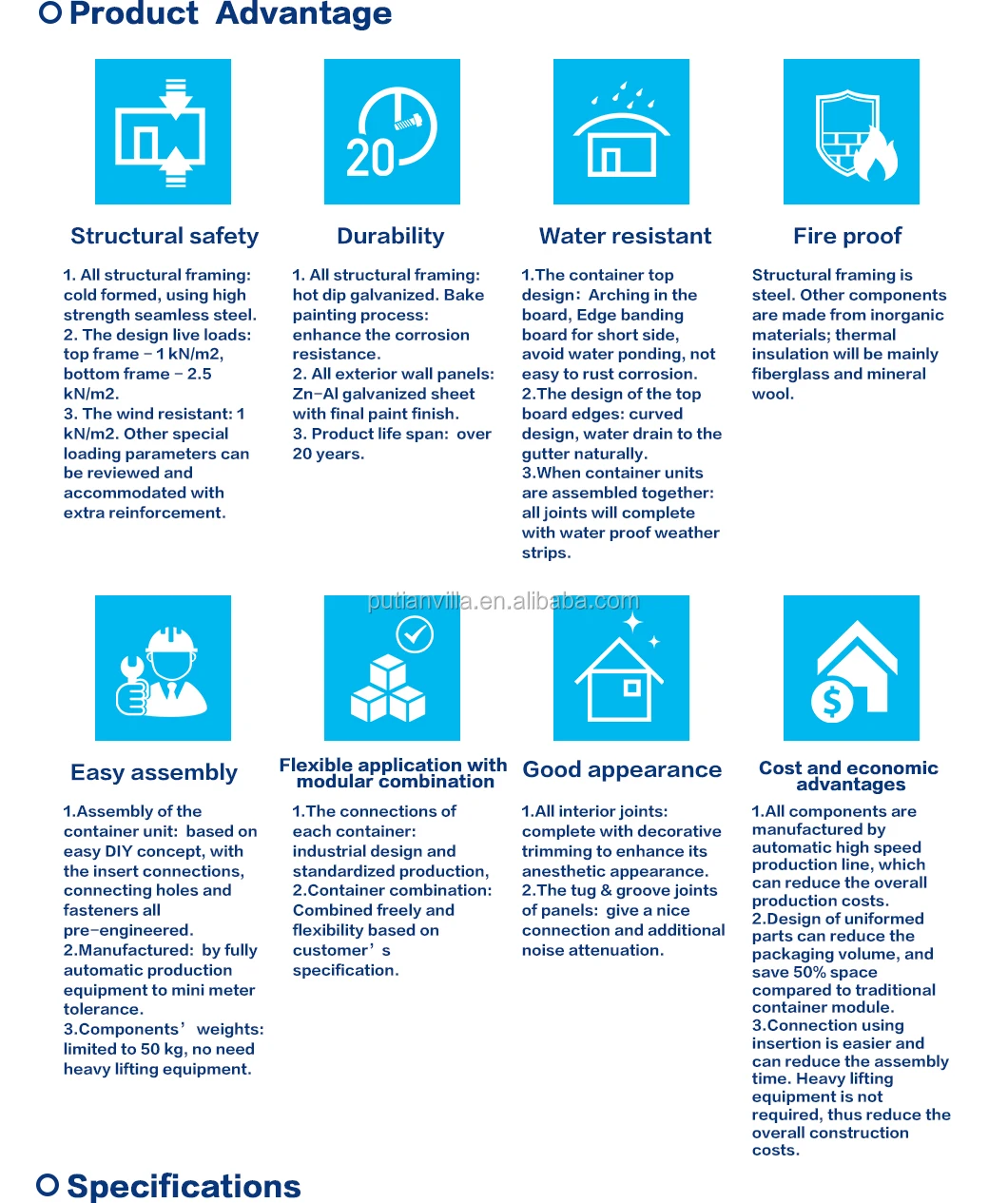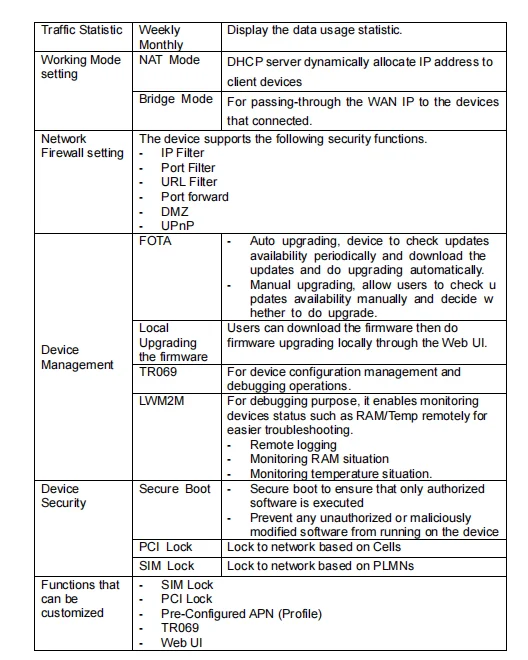How to Calculate DTI for Home Loan: A Comprehensive Guide for Homebuyers
Guide or Summary:What is DTI?How to Calculate DTI for Home LoanWhy is DTI Important for Home Loans?How to Improve Your DTI RatioWhen considering a home loan……
Guide or Summary:
- What is DTI?
- How to Calculate DTI for Home Loan
- Why is DTI Important for Home Loans?
- How to Improve Your DTI Ratio
When considering a home loan, understanding your Debt-to-Income (DTI) ratio is crucial. This financial metric not only helps lenders assess your ability to repay the loan but also gives you a clearer picture of your financial health. In this guide, we will delve into how to calculate DTI for home loan purposes, its significance, and tips to improve your ratio.
What is DTI?
The Debt-to-Income ratio is a percentage that compares your total monthly debt payments to your gross monthly income. It is a vital factor that lenders use to evaluate your financial stability and determine the amount they are willing to lend you. A lower DTI indicates that you have a manageable level of debt relative to your income, making you a more attractive candidate for a home loan.
How to Calculate DTI for Home Loan
Calculating your DTI is straightforward. Here’s a step-by-step process:
1. **Gather Your Financial Information**: Start by listing all your monthly debt obligations. This includes your mortgage (if applicable), car loans, student loans, credit card payments, and any other recurring debt.
2. **Calculate Your Total Monthly Debt**: Add up all your monthly debt payments. For example, if you have a mortgage payment of $1,200, a car payment of $300, and credit card payments totaling $200, your total monthly debt would be $1,700.
3. **Determine Your Gross Monthly Income**: This is your total income before taxes and other deductions. Include all sources of income, such as salary, bonuses, rental income, and any side hustles. If you earn $5,000 a month, that will be your gross monthly income.

4. **Calculate Your DTI Ratio**: Use the following formula:
\[
\text{DTI} = \left( \frac{\text{Total Monthly Debt}}{\text{Gross Monthly Income}} \right) \times 100
\]
Using the example figures, the calculation would be:

\text{DTI} = \left( \frac{1,700}{5,000} \right) \times 100 = 34\%
Why is DTI Important for Home Loans?
Lenders typically look for a DTI ratio of 36% or lower, although some may allow up to 43% or higher depending on other factors like credit score and down payment. A lower DTI can lead to better loan terms, including lower interest rates. Understanding how to calculate DTI for home loan purposes can empower you to make informed financial decisions.
How to Improve Your DTI Ratio
If your DTI ratio is higher than the recommended levels, consider these strategies to improve it:
1. **Pay Down Debt**: Focus on paying off high-interest debts first, such as credit cards. This will reduce your monthly obligations and improve your DTI.
2. **Increase Your Income**: Look for ways to boost your income, whether through a raise at work, a side job, or passive income streams.

3. **Avoid New Debt**: Refrain from taking on new loans or credit during the home-buying process, as this can increase your DTI.
4. **Consider a Larger Down Payment**: If possible, save for a larger down payment. This can reduce the amount you need to borrow, thus lowering your monthly mortgage payment and improving your DTI.
Understanding how to calculate DTI for home loan purposes is essential for any prospective homebuyer. By knowing your DTI and taking steps to improve it, you can enhance your chances of securing a favorable home loan. Keep in mind that lenders look at various factors, but maintaining a healthy DTI is a significant part of the equation. With this knowledge, you are better equipped to navigate the home-buying process and achieve your dream of homeownership.